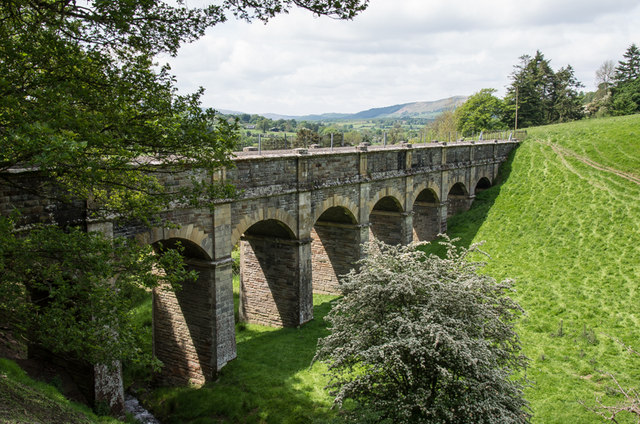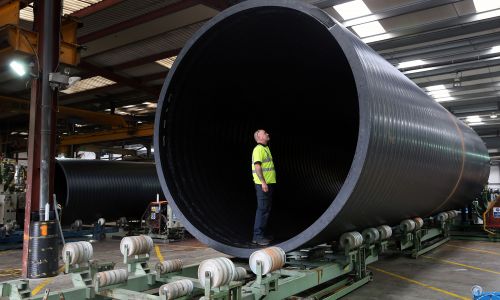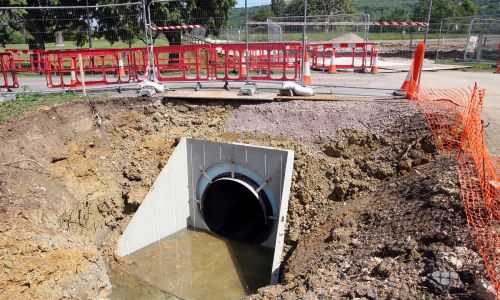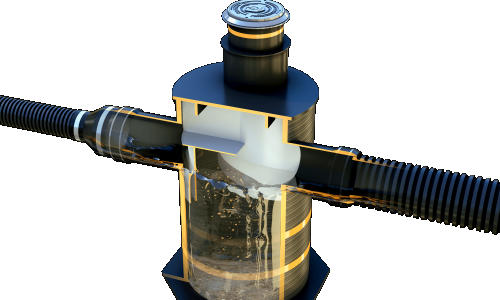5th September 2017
How the Victorians shaped our water industry
The fresh supply of drinking water and the easy disposal of sewage and waste are basic human needs that we rarely give a second thought to. It’s easy to take these things for granted, but the fact of the matter is that the water and sewerage management systems found in our cities, towns, villages and countryside provide some of the key building blocks of civilised societies.
And we’ve got the Victorians to thank for that.
It is a universally acknowledged fact that the Victorians shaped much of our nation’s water infrastructure, with many of their achievements having stood the test of time for well over a century.
Key examples of the Victorians’ work include:
• Elan Valley Aqueduct
Built in the late 19th Century to provide a fresh supply of water to the people of Birmingham, the Elan Valley Aqueduct is an iconic feat of Victorian engineering that has helped the city to grow from a population of 630,000 to 1.1 million today. The 73-mile pipeline carries water from the Welsh Valleys to the West Midlands through eleven major river valleys, without the assistance of pumps, taking around three days to arrive.
When it opened in 1904, around 16 million litres of water travelled through the pipe each day. These days more than 320 million litres are needed to provide homes and businesses in Birmingham with a daily fresh supply of water.
• Thirlmere Aqueduct
This immense 96-mile ‘river’ into Manchester was built between 1890 and 1925 to serve the growing demand for water in the post-industrial revolution city. Named after the location of its reservoir, the ingenious system uses gravity to carry over 220 million litres of clean drinking water every day from the Lake District to Manchester and its surrounding areas over a 36-hour journey.
While there’s no denying that these systems are a marvel of Victorian engineering, arguably, the pinnacle of the Victorian’s achievements was the revolutionary sewer network in central London, instrumental in relieving the city from cholera epidemics, cleansing the River Thames and providing fresh water to London’s inhabitants.
Until the middle of the 19th Century, raw sewerage used to flow directly into the river Thames, which rather inconveniently, was also used for drinking water. At the time, the Thames was little more than an open sewer and an obvious health hazard. It will come as no surprise then, that London suffered from repeated outbreaks of cholera as a result of the unsanitary conditions, with one of the worst epidemics killing over 10,000 Londoners in 1853.
In 1858, things got particularly bad with an exceptionally hot summer amplifying the problem to crisis point. Cue the aptly named ‘Great Stink’, where the smell got so bad that it overwhelmed anyone near the Thames. Clearly, something needed to change, and this, along with the reoccurring cholera epidemics, was the push needed for the government to finally take action.
Under the direction of civil engineer, Sir Joseph Bazalgette, a brand-new sewerage system was built between 1859 and 1865. Bazalgette’s solution was to create an underground network of enclosed interconnecting brick sewers, as well as street sewers, to intercept wastewater and raw sewage, which up until then, flowed freely through the streets of London.
The impressive network revolutionised London’s sewerage system and had a significant impact on both the city’s appearance and the health of its inhabitants. By largely eliminating water contamination, it brought an end to cholera outbreaks and reduced incidents of typhus and typhoid. By the end of the century, countless lives had been saved. Infant mortality rates had been reduced and average life expectancies were on the up.
And thanks to Bazalgette’s ingenious feat of engineering the system is still in use today. But not without its problems.
Having been initially built to serve just two and a half million people, and already serving four million by their completion, the original system lacks the capacity to cater to London’s growing eight million plus population of today.
As it stands, the existing sewer system sees storm water runoff and waste water go into the same sewers. Most of the time, this is fine, but the problem comes with heavy rain, which results in the sewers filling up quickly. Instead of flooding the streets, dirty water is diverted to overflow into the Thames, but while the original engineers designed the sewers to only overflow about 12 times a year, overflow events have become increasingly common, happening around 60 times a year.
So why are the sewers overflowing more these days? Well, the reasons are simple. For start, a fast-growing population has meant that we have more ‘base flow’ – the dirty water that flows more or less consistently each day from kitchens and bathrooms. Secondly, we’ve seen a huge increase in water entering the sewers largely due to the fact that much of London’s green spaces have been paved over resulting in rain fall running directly into the sewers.
Quite simply, Bazalgette’s design no longer has the capacity.
One of London’s proposed solutions to meeting the demands of a 21st century capital and managing sewage overflows more effectively is the £4.5bn Tideway Tunnel – a new 25km-long ‘super sewer’ designed to stop wastewater flowing into the Thames. Built 65m below ground and at an impressive 7.2m diameter wide, the new tunnel will run through central London intercepting sewage from 34 of the most polluting overflows, diverting them into the tunnel instead of the river.
The dirty water will then be stored in the super sewer before being pumped to the Beckton Sewerage Treatment Works where, once treated, the clean water will be finally released into the river.
The seven-year project, which is the biggest upgrade to the capital’s sewers since Bazalgette’s original system, is expected to reduce the number of overflow events to a maximum of four per CSO per year. For the people of London, this means the Thames will be far less polluted and they won’t have to worry about their water supply containing any nasty surprises.
At the same time, the much-needed sewer upgrade will also mean that London will finally be able to meet European environmental standards.



